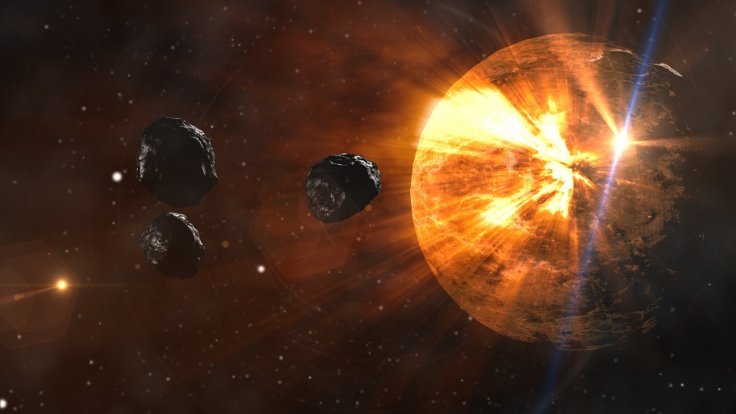
It was around 66 million years ago that a giant doomsday asteroid from deep space wiped out dinosaurs from the surface of the earth. The asteroid impact was so powerful it resulted in the extinction of nearly 75 percent of all species on the planet. However, a new study has suggested that one species survived: a land turtle.
Land turtle's survival remains a mystery
It was from northern France that scientists discovered the fossils of the land turtles known as Laurasichersis relicta. Initial analysis revealed that the fossils are 56 million years old, 10 million years after the asteroid hit the Yucatan Peninsula in Mexico.
Adán Pérez García, paleontologist who led the study, revealed that it is unclear how the turtles survived this catastrophic impact.
"The reason why Laurasichersis survived the great extinction, while none of the other primitive North American, European or Asian land turtles managed to do so, remains a mystery," said Pérez García in a recent statement.
Laurasichersis relicta is a stem turtle, which means it can be traced back to the earliest turtles. However, all of the early group of turtles went extinct after the asteroid impact, but Laurasichersis relicta surprisingly survived the collision even though they lived in the northern hemisphere.
Asteroid impact also acidified oceans
The asteroid impact that killed dinosaurs also acidified the oceans on earth. Besides, it disrupted the food chain, resulting in a mass extinction event on oceans.
During the time of this asteroid impact, there was intense volcanic activity causing 2,00,000 cubic miles of lava to be disgorged on the planet's surface.









